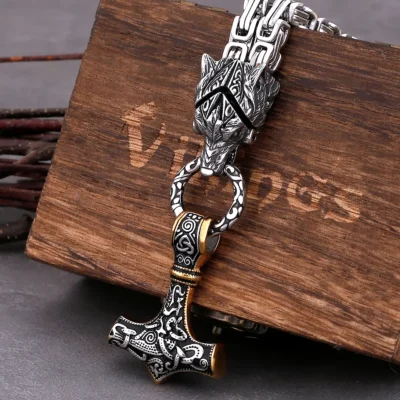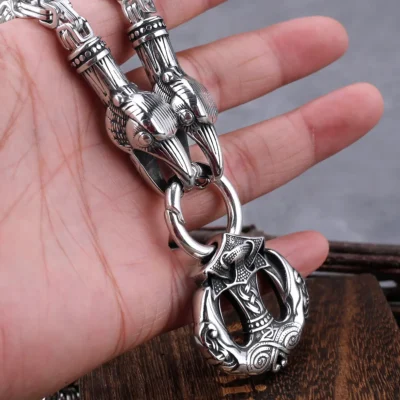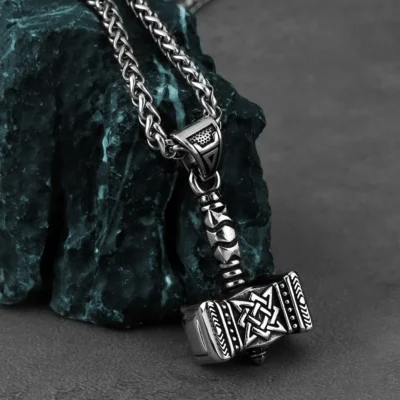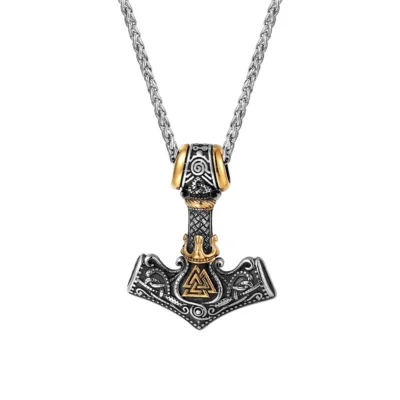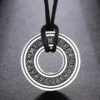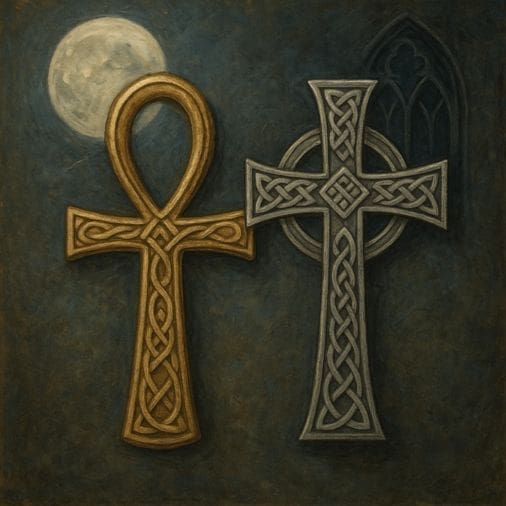
Introduction – Two Symbols, One Mystery
The ankh, an ancient Egyptian symbol of life, and the Christian cross, emblem of salvation, might seem worlds apart. Yet in medieval Europe, echoes of both appeared in art, jewellery, and belief. These powerful signs of eternity and protection show how symbols travelled, evolved, and shaped medieval imagination.
The Ankh: Ancient Roots, Medieval Echoes
The ankh originated in ancient Egypt as a hieroglyph meaning “life.” Pharaohs carried it, gods bestowed it, and amulets bore its loop and crossbar shape. By late antiquity, the symbol spread through trade and cultural contact into the wider Mediterranean world.
Though not common in medieval Europe, echoes of the ankh appeared in decorative motifs and early Christian art. Its resemblance to the Christian cross meant that it sometimes blended into new symbolic contexts, especially as antiquities resurfaced through crusades and trade with the East.
The Cross in Medieval Christianity
The cross dominated medieval symbolism. It stood for Christ’s sacrifice, redemption, and eternal life. Everywhere from cathedrals to pendants, the cross reminded believers of faith’s central mystery.
- Latin Cross: The most common form, representing Christ’s crucifixion.
- Celtic Cross: Blending Christian and earlier traditions with a circle of eternity.
- Crusader’s Cross: A powerful emblem of pilgrimage, warfare, and devotion.
In everyday life, the cross served as both religious symbol and protective charm, warding off evil and marking Christian identity.
Shared Symbolism – Life and Eternity
Though born in different cultures, the ankh and cross both conveyed similar ideas:
- Life: The ankh as earthly vitality; the cross as eternal salvation.
- Eternity: Both used circles or loops to signify what is everlasting.
- Protection: Worn as amulets or pendants, they safeguarded body and soul.
These parallels reveal how universal human concerns — life, death, and protection — found expression in distinct yet convergent symbols.
Medieval Encounters with the Ankh
During the Crusades and later medieval trade, Europeans encountered Egyptian antiquities. Some knights and pilgrims returned with objects marked by ankhs, sparking curiosity and exotic fascination. Chroniclers sometimes confused them with unusual crosses, further blending the two traditions.
The Ankh and Cross in Art and Jewellery
In medieval jewellery, the cross dominated, but ankh-like shapes sometimes appeared in imported goods or adapted designs. For collectors and nobles, such pieces suggested mystery and connection to distant, ancient wisdom.
Today, jewellery inspired by both the ankh and medieval crosses blends history with symbolism. Their enduring forms remind us of humanity’s shared quest for meaning and protection.
Linking Past to Present
At Histories & Castles, our Medieval and Gothic jewellery collection carries this legacy forward. From crosses rich in medieval tradition to pieces inspired by ancient amulets, each item echoes a timeless search for life, faith, and eternity.
Conclusion – Signs of Life Across Ages
The ankh and the cross, though born in different worlds, carried similar messages: life, eternity, and hope. In medieval Europe, the cross reigned supreme, yet the echoes of the ankh reminded people of humanity’s long, shared tradition of seeking protection and meaning in symbols.



